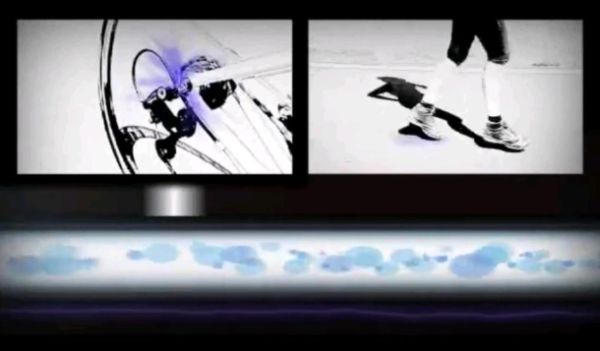Computing solution giant IBM spends billions of dollars in advertising each year to try and make investors and the general public believe that its engineers are hard at work trying to come up with technology that would make things better for the humankind. And while the company has contributed immensely to modern technology, some of its claims seem to be more science fiction than anything else. Take, for example, their claim that developments in the next five years will allow folks to harvest energy from their own movements and from the movement of water through household plumbing. Though the idea is novel, it is IBM’s claim that the energy harvested from movement of water through pipes and human motion alone would be sufficient to power entire households that surprises us.

The claim is a part of ‘IBM 5 in 5’ which is a prestigious list of technological developments that the computing giant predicts would be realized in the next five years. The concept is wonderful and though several technological precedences for this stream of thought exist already and have been proven to be effective, alas, the laws of thermodynamics do not agree with IBM’s distinguished engineers.
Even in theory, the notion that the electricity generated from regular human movement such as walking can power a whole home is absurd. And not in the least because the technology doesn’t exist. The technology that enables people to harvest their own movement by drawing energy from vibration via piezoelectric materials has already been produced, studied and proven effective. Sadly, it hasn’t been proven to be able to generate enough power for our needs. This means that though a special pair of sneakers fitted with piezoelectric sensors can produce electricity; it won’t be enough to juice up your iPod given the current state of technology.
And that is why IBM’s claim falls flat on its face. There aren’t any studies to back this up just yet, but consider the amount of power a normal, mid-income family home needs to remain functional through a single day, and then compare it to the miniscule amounts of electricity that walking all day in a special pair of electricity would generate. Even without statistical data, the difference is huge and without a real hardcore study to back it, there is no way parasitic power collection that can power real homes within the next five years. Perhaps in the next fifty years when power collection technologies would advance by leaps and bounds, but definitely not in the next five years. Maybe its time IBM actually spent a little more moolah on trying to develop these technology and come up with actual stats and studies to back such claims rather than paying marketing whiz kids to come up with sensationalist catch phrases.
Via: CNET




